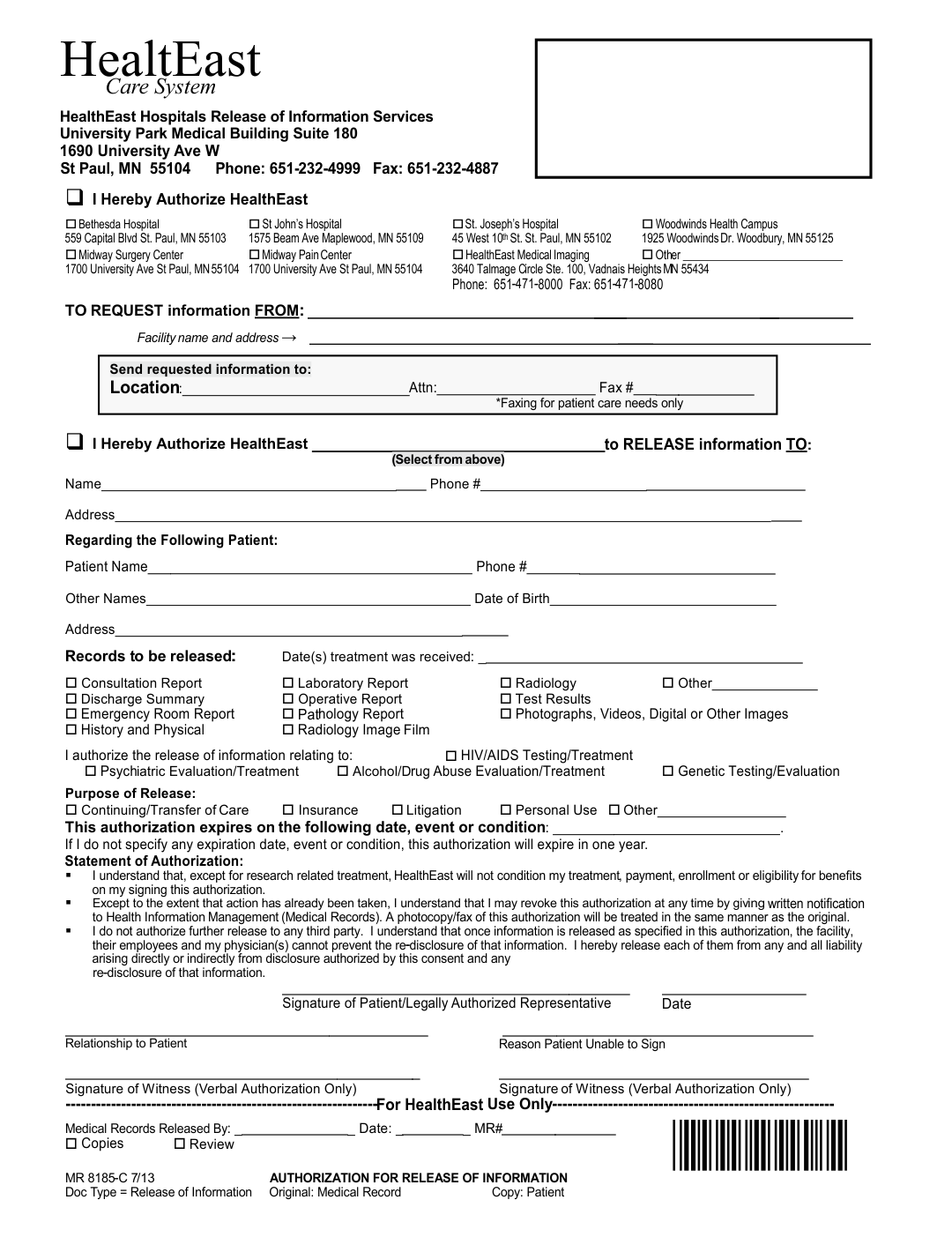5 Ways Surgeons Can Complete Disability Paperwork Effectively

Surgeons often find themselves with a complex array of tasks, including attending to their surgical duties, managing patient care, and handling administrative responsibilities. One such administrative duty involves completing disability paperwork, which is crucial for patients but can be time-consuming and intricate. This guide delves into five effective strategies that can help surgeons streamline the process of completing disability paperwork without compromising the quality of care or the accuracy of the documentation.
1. Master the Forms

- Understand the Requirements: Disability paperwork often requires detailed medical and functional information about the patient’s condition. Familiarize yourself with different types of forms:
- Short-Term Disability (STD)
- Long-Term Disability (LTD)
- Family and Medical Leave Act (FMLA)
- Social Security Disability Insurance (SSDI)
- Organize Information: Have templates or a system for gathering key information:
- Medical history
- Current treatment
- Expected recovery time
- Patient’s functional limitations
📌 Note: Pre-filling forms with recurring information can save time and reduce errors.
2. Utilize EMR/EHR Systems

- Integration: Ensure your electronic medical record (EMR) or electronic health record (EHR) system is integrated with disability forms to pull data automatically:
- Lab results
- Imaging reports
- Treatment plans
- Electronic Signatures: Utilize e-signatures to expedite the process of signing documents without the need for physical presence or wet signatures.
3. Create a Collaborative Environment

- Delegation: Assign administrative tasks to office staff or medical assistants:
- Filling out basic demographic information
- Collecting patient consents and signatures
- Regular Meetings: Hold briefings with your team to discuss common challenges, updates on disability forms, or changes in policy affecting paperwork.
4. Optimize Time Management

- Batch Processing: Set aside specific times during the week to focus solely on administrative tasks, like completing disability paperwork.
- Prioritize: Identify which forms need immediate attention to avoid delays in patient benefits.
📌 Note: Having a dedicated block of time for paperwork can reduce stress and increase efficiency.
5. Communication and Clarity

- Direct Communication: Engage with patients and their families to clarify:
- Expectations
- What information is needed
- How the paperwork will affect their benefits
- Clear Documentation: Write succinct, clear, and legally defensible descriptions of the patient’s medical condition:
- Avoid medical jargon
- Include functional limitations in layman’s terms
In wrapping up, surgeons can significantly enhance their efficiency and accuracy in handling disability paperwork by mastering the forms, utilizing technology, fostering teamwork, optimizing time management, and ensuring clear communication. These strategies not only ease the administrative burden but also ensure that patients receive the necessary support in a timely manner, thereby improving their overall patient care experience.
Can surgeons refuse to fill out disability forms?

+
While surgeons have the right to manage their time, refusing to fill out disability forms might not be in line with the ethical responsibilities towards patient care. It’s advisable to communicate any limitations or difficulties in completing these forms with patients in advance.
What happens if disability paperwork is filled out incorrectly?

+
If disability paperwork is incorrect or incomplete, it could result in delays in the patient receiving benefits or even a denial. Surgeons should take care to ensure accuracy and completeness, and promptly correct any errors.
How can surgeons stay updated on disability laws and forms?

+
Surgeons can stay informed by subscribing to medical association newsletters, attending workshops or webinars, or using online resources provided by disability insurance providers or government agencies.